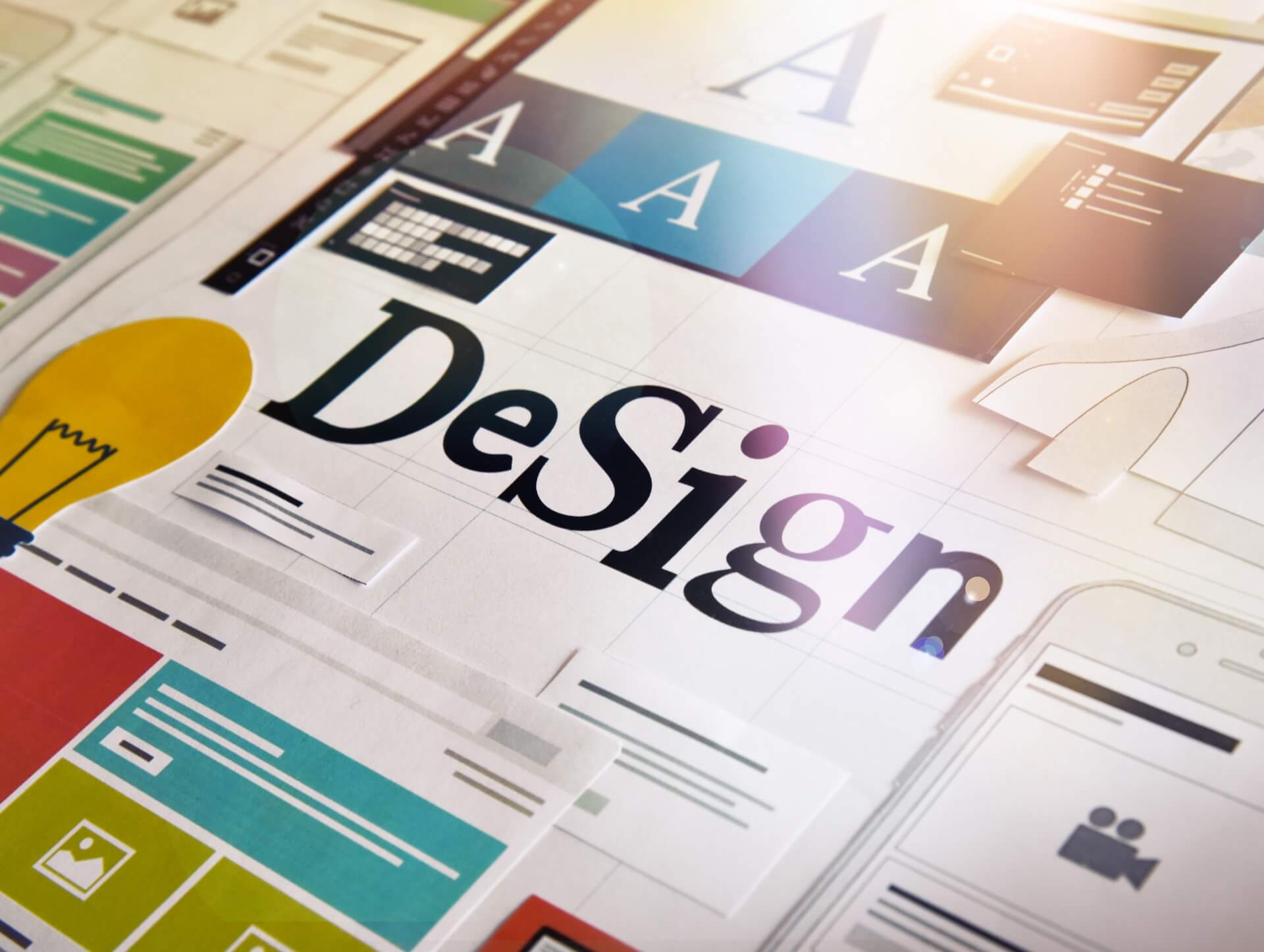The use of symbolism in graphic design

26/08/2023
Introduction
Graphic design is a powerful tool that plays a crucial role in creating brand identity and communicating messages effectively. One of the key elements of graphic design is the use of symbolism. Symbolism in graphic design involves the use of visual elements, such as icons, logos, and colors, to convey deeper meanings and evoke emotions. It adds depth and richness to the design, making it more engaging and memorable. In this article, we will explore the importance of symbolism in graphic design and how it can be effectively used to enhance brand identity.
Enhancing Brand Identity
Symbolism in graphic design is instrumental in enhancing brand identity. When designing a brand logo or any visual element for a brand, it is important to consider the values, personality, and message of the brand. Symbolism helps in visually representing these aspects, making the brand more recognizable and relatable to the target audience. It creates a visual language that helps in building a strong brand identity.
Custom designs that incorporate symbolism can be tailored to specific brands and their unique characteristics. Whether it's a logo, packaging design, or website layout, symbolism allows graphic designers to create visual solutions that align with the brand's identity and effectively communicate its core values. This helps in establishing brand consistency and building a strong brand image.
Collaboration and Consultation
Symbolism in graphic design is not limited to the creativity of the designer alone. It requires collaboration and consultation with the client to understand their vision and goals. Designers work closely with clients to identify the symbols and visual elements that best represent their brand and message. This collaborative process ensures that the final design effectively communicates the desired message and resonates with the target audience.
Ongoing creative support is essential in maintaining a strong brand identity. Design retainers offer a solution for businesses that require regular design services. These retainer packages provide dedicated designer access and allow for ongoing design and creative support. With a professional retainer, businesses can rely on the expertise of a graphic designer to maintain their visual identity and make any necessary updates or revisions.
The Power of Symbolic Icons
Symbolic icons are widely used in graphic design to represent various concepts and ideas. Icons have the power to convey complex messages in a simple and easily understandable manner. They are used to represent objects, actions, or ideas and can be universally recognized. For example, the use of a shopping cart icon in e-commerce websites instantly communicates the idea of adding items to a cart for purchase.
Designers can use symbolic icons to create visual metaphors that evoke emotions and convey deeper meanings. For example, a heart symbol is commonly associated with love and affection. By incorporating a heart symbol in a design, designers can evoke emotions of warmth, compassion, and care. Similarly, a lightning bolt symbol can represent energy, power, and speed.
The Role of Color Symbolism
Color symbolism is another important aspect of graphic design that adds depth and meaning to the visual communication. Different colors evoke different emotions and have various cultural associations. Designers use colors strategically to convey specific messages and create a desired impact on the audience.
For example, the color red is often associated with passion, energy, and urgency. It is commonly used in designs to grab attention and create a sense of excitement. On the other hand, blue is often associated with trust, stability, and calmness. It is frequently used in designs related to technology and finance to convey a sense of reliability and professionalism.
By understanding the symbolism of colors, designers can effectively convey the desired message and create a visual identity that resonates with the target audience. It is important to consider cultural differences and associations when using colors in design to ensure that the message is accurately conveyed across different audiences.
Conclusion
Symbolism is a powerful tool in graphic design that adds depth, meaning, and emotion to visual communication. It enhances brand identity, creates a visual language, and helps in conveying complex messages in a simple and easily understandable manner. The use of symbolic icons and colors allows designers to evoke emotions, create visual metaphors, and communicate ideas effectively. Collaborative processes and ongoing creative support ensure that the symbolism in graphic design aligns with the brand's vision and goals. By incorporating symbolism in graphic design, businesses can create a strong and memorable brand identity that resonates with their target audience.
Contact us

Spanning 8 cities worldwide and with partners in 100 more, we’re your local yet global agency.
Fancy a coffee, virtual or physical? It’s on us – let’s connect!

